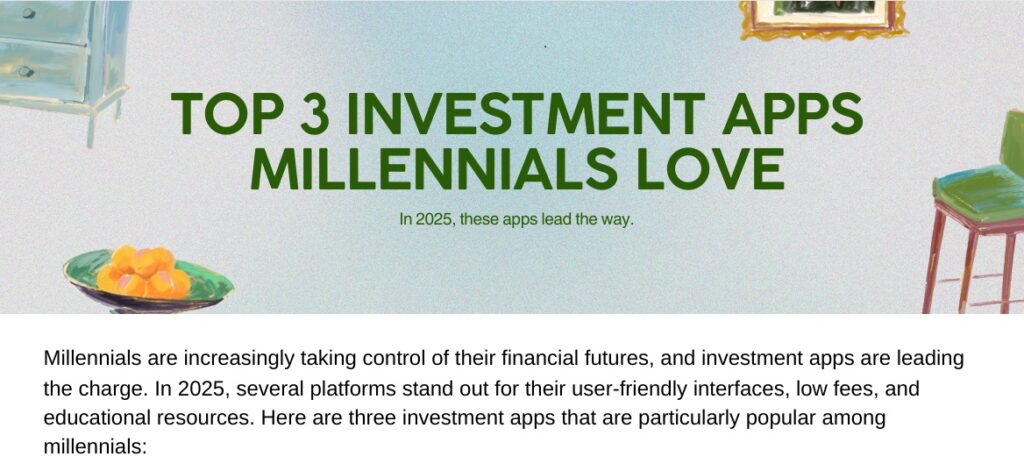Top 3 Trends in Renewable Energy for 2025
As the world moves towards a more sustainable future, renewable energy continues to dominate discussions about climate change and energy security. In this article, we will explore the top three trends in renewable energy for 2025 that are set to shape the industry. By understanding these trends, you can stay informed and perhaps even make decisions that contribute to a greener planet.
1. Technological Advancements
Technology plays a pivotal role in the growth of renewable energy sources. Innovations in energy generation, storage, and efficiency are transforming how we harness power from natural resources. Here are a few key advancements to look out for:
Improved Energy Storage Solutions
One of the major challenges facing renewable energy sources, such as solar and wind, is energy storage. As we rely more on these intermittent energy sources, improved energy storage technology becomes crucial. Key advancements include:
- Batteries: Lithium-ion technology is rapidly evolving, along with other forms like flow batteries and solid-state batteries, making storage more efficient and affordable.
- Hydrogen Storage: Green hydrogen is gaining traction as an effective means of storing energy generated from renewables.
- Pumped Hydro Storage: This method is increasingly being used to balance the grid, offering a reliable way to store excess energy generated during peak production times.
Smart Grid Technology
The emergence of smart grids will facilitate better integration of renewable energy sources into the existing energy infrastructure. Here’s what to expect:
- Real-time Data: Smart grids will provide real-time data, enabling more efficient energy distribution based on demand.
- Decentralization: With advancements like microgrids, communities can rely more on local renewable energy sources, reducing dependence on centralized power systems.
- Demand Response Systems: These systems allow consumers to adjust their energy consumption patterns based on pricing and availability, leading to more balanced energy management.
2. Policy and Regulatory Changes
Government policies play a significant role in the renewable energy sector. In 2025, we can expect to see more aggressive policies that favor renewable energy development. Key trends include:
Incentives for Renewable Energy Adoption
Governments worldwide are recognizing the importance of transitioning to renewable energy. Here are some potential policy changes:
- Tax Credits and Subsidies: Enhanced financial incentives for both businesses and homeowners to adopt renewable energy solutions like solar panels and wind turbines.
- Renewable Energy Standards: More stringent renewable portfolio standards may be implemented, requiring energy providers to source a certain percentage of their energy from renewable sources.
- Carbon Pricing: Increased carbon taxes on fossil fuels may lead to higher costs for carbon-emitting energy sources, making renewables more competitive.
International Climate Agreements
With growing concerns regarding climate change, countries are likely to join forces on international pacts focused on reducing greenhouse gas emissions. Expect:
- Stricter Commitments: Countries will increase their pledges regarding emissions reduction, which will drive investments in renewable technology.
- Cross-border Collaboration: Nations may collaborate on large-scale renewable energy projects, sharing resources and technology for mutual benefit.
3. Increasing Market Demand for Renewable Energy
As public awareness regarding climate change rises, so does the demand for renewable energy sources. The year 2025 is set to witness several changes in market dynamics, including:
Corporate Renewable Energy Procurement
Businesses are increasingly prioritizing sustainability, leading to a surge in corporate renewable energy purchasing. Key factors include:
- Corporate Sustainability Goals: Many companies are setting ambitious targets to reduce carbon footprints, often involving significant investment in renewable energy.
- Power Purchase Agreements (PPAs): Corporations are entering long-term contracts with renewable energy providers, guaranteeing a stable supply while supporting the industry.
Consumer Awareness and Preferences
Consumers are becoming more conscious of their energy choices, leading to increased demand for renewable energy options:
- Green Tariffs: Utility providers will likely offer more green tariff options, enabling consumers to choose renewable sources for their electricity needs.
- Energy-efficient Products: As technology advances, consumers will have better access to energy-efficient appliances that rely on renewable energy sources.
FAQs: What You Need to Know About Renewable Energy Trends
How can individuals promote renewable energy adoption?
Individuals can promote renewable energy adoption by supporting local green initiatives, investing in renewable energy solutions for their homes, and advocating for sustainable policies.
Why does renewable energy matter for the future?
Renewable energy plays a critical role in reducing greenhouse gas emissions, enhancing energy security, and fostering economic growth through sustainable jobs.
What is the role of technology in renewable energy?
Technology helps optimize renewable energy generation and storage, improving efficiency and making renewable sources more accessible and affordable.
Conclusion
The future of renewable energy is bright, with several exciting trends emerging that promise to reshape the industry by 2025. From technological advancements to favorable policy changes and rising market demand, staying informed about these developments is essential for anyone interested in a sustainable future. Take action today—consider exploring renewable energy options for your home or business and contribute to a greener planet!
